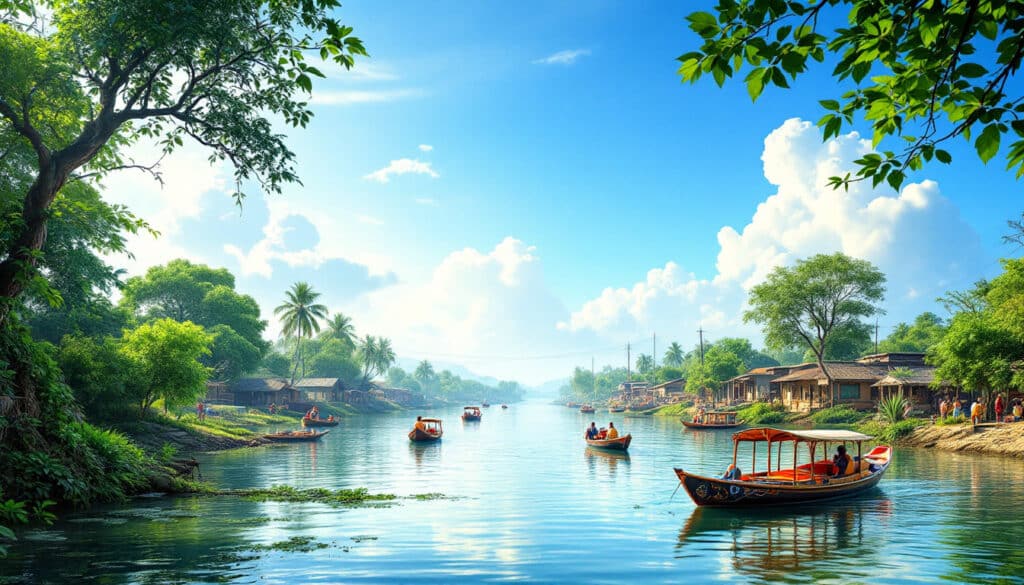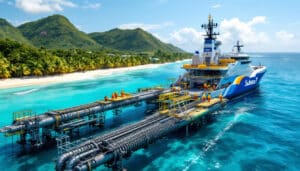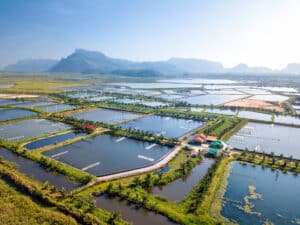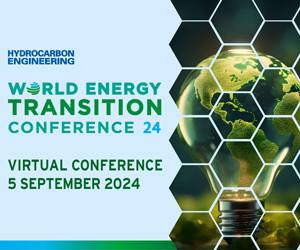In today’s digital universe, every interaction leaves a mark. Cookies play a central role in this invisible dynamic. Understanding their use is essential for navigating with confidence.
We use cookies and data to provide and maintain our Google services. This includes monitoring service disruptions and protecting against spam, fraud, and abuse. Additionally, measuring audience engagement and site statistics allows us to understand how our services are used and to improve their quality. If you choose “Accept all,” we will also use cookies to develop and improve new services, assess the effectiveness of advertisements, and display personalized content based on your settings. By opting for “Reject all,” these additional uses of cookies will not be activated. Non-personalized content depends on factors such as the content you are currently viewing, your activity during your active search session, and your location. Finally, you may select “More options” for additional information, including details on managing your privacy settings.
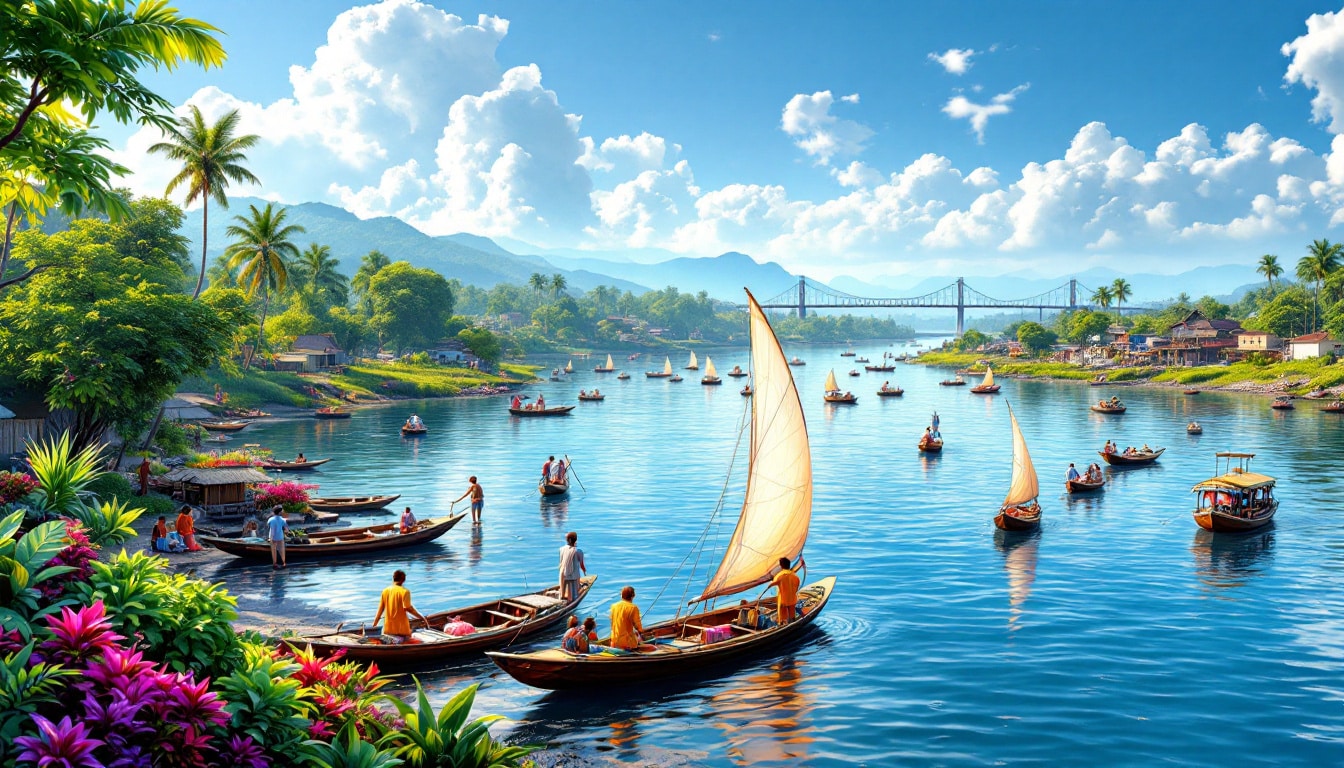
Table of Contents
ToggleWhat are the objectives of the 10 billion rupee investment in the northeast waterways
The government recently announced its intention to invest an additional 10 billion rupees in the development of the northeast waterways of India. This initiative primarily aims to strengthen the maritime infrastructure of this strategic region, thereby facilitating both domestic and international trade. By improving waterways, it seeks to reduce dependence on costly and less eco-friendly road and rail transport. This project is part of a long-term vision for sustainability and innovation in the maritime sector, aligned with national objectives for economic growth and environmental protection.
One of the key objectives of this investment is to energize the local economy by creating new job opportunities and attracting private investments. Improved infrastructure will also facilitate the export of local products, especially in agriculture and fisheries, thereby enhancing the competitiveness of businesses in the region in international markets. Furthermore, this project aims to modernize port facilities, adopting advanced technologies to improve efficiency and safety in operations.
Moreover, this investment contributes to the government’s ambitions regarding sustainable development. By prioritizing maritime transport, it is possible to reduce greenhouse gas emissions associated with road transport. This approach is perfectly in line with global trends towards more eco-friendly and responsible practices. Additionally, by investing in green technologies and resilient infrastructure, the project ensures effective adaptation to future environmental challenges, such as climate change and rising sea levels.
Which sectors will be the main beneficiaries of this investment
The increase of 10 billion rupees invested in the northeast waterways will have a significant impact on several key sectors of the regional economy. One of the main beneficiaries will undoubtedly be the maritime sector, which will see substantial improvements in its logistical and operational capabilities. With modernized infrastructure, maritime companies will be able to optimize their operations, reduce costs, and improve delivery times, thereby strengthening their competitiveness in the global market.
The fishing sector is another area that will greatly benefit from this investment. By facilitating the transport of seafood to national and international markets, fishermen and processing companies will be able to increase their production and diversify their commercial outlets. The improvement of port infrastructure will also allow better management of peak demand periods, ensuring a smooth and efficient distribution of fishing products.
Local tourism is also a key sector that will benefit from this initiative. Improved waterways can become major attractions, drawing tourists interested in water activities, sport fishing, and exploring maritime landscapes. This will generate additional income for local communities and encourage the development of new businesses in the tourism sector, such as hotels, restaurants, and recreational services.
Additionally, the logistics and transport sector will see a positive transformation. Logistics companies will be able to leverage the new capabilities offered by modernized waterways to optimize their supply chains, thus reducing costs and transportation times. This improvement in logistical infrastructure will also contribute to a better economic integration of the region with the rest of the country and internationally, thereby facilitating trade and foreign investment.
Finally, the technology sector will not be left behind. The investment in advanced infrastructure will require the adoption of cutting-edge technologies, such as port automation, smart maritime traffic management, and environmental monitoring systems. This will open new opportunities for local technology firms and encourage innovation in areas such as artificial intelligence, robotics, and green technologies, positioning the region as a leading maritime technology hub.
How will this investment improve the waterways infrastructure
The injection of 10 billion rupees into the northeast waterways foresees a series of projects aimed at modernizing and expanding existing infrastructure. One of the most crucial aspects of this investment is the construction and renovation of ports. The new ports will be equipped with wider docks, automated loading and unloading systems, and enhanced storage areas, allowing for more efficient management of goods. These improvements will reduce ship waiting times, thus increasing maritime traffic volume and port processing capacity.
Additionally, the project includes the establishment of additional channels and waterways that will facilitate the transit of vessels through the region. These new waterways will be designed to support larger ships, thereby increasing transport capacity and reducing congestion in existing corridors. The creation of these new maritime routes will also help to unjam the busiest ports, ensuring a continuous flow of goods and better distribution of maritime traffic across the region.
Improving handling facilities is another essential aspect of this investment. Modern and efficient equipment, such as automated cranes and intelligent conveyor systems, will be installed to speed up the cargo handling process. These technologies will not only reduce operational costs but also improve the accuracy and speed of port transactions, thus minimizing the risks of human errors and accidents.
Furthermore, the investment includes the upgrading of land transport infrastructures connected to the waterways. Constructing more efficient and well-integrated roads and railways will facilitate the transport of goods from the ports to inland areas, thus optimizing the overall logistics chain. This strengthened integration between maritime and land transport modes will contribute to a smoother movement of goods, reducing delivery times and transport costs.
Maritime security will also benefit from this investment. With the increase in maritime traffic, it is crucial to strengthen security measures to prevent accidents and incidents at sea. This includes the installation of advanced surveillance systems, such as radars and sophisticated communication devices, as well as training port personnel in best security practices. Furthermore, the improvement of infrastructure will allow for better emergency management and faster response in case of need, thereby ensuring the protection of human lives and the marine environment.
What are the expected economic benefits for the region
The investment of 10 billion rupees in the northeast waterways is expected to yield a series of substantial economic benefits for the region. Firstly, the modernization of maritime infrastructure will stimulate the growth of local and international trade. The improved ports will allow an increase in exports and imports, opening up new markets for local businesses and attracting foreign investors interested in the opportunities offered by a better-connected and more accessible region.
Another major economic benefit lies in job creation. The construction and modernization of infrastructure will require skilled labor in various fields such as engineering, logistics, port management, and equipment maintenance. Additionally, the increase in port activities will generate indirect jobs in related sectors, such as land transport, manufacturing, shipbuilding, and commercial services. This job creation will help to reduce unemployment in the region and improve the living standards of local residents.
The increase in logistical efficiency resulting from the new port infrastructures and modernized waterways will also lead to a reduction in transportation costs for businesses. Lower logistical costs allow companies to lower their product prices, increase their profit margins, or reinvest the savings made into other areas of growth. This will enhance the competitiveness of local businesses in both the national and international markets, thus promoting sustainable economic expansion.
Moreover, the investment will help attract new businesses and industries to the region. Improved maritime infrastructures are a key attraction factor for manufacturing industries, distribution centers, and logistics companies that are heavily dependent on maritime transport. By offering modern facilities and improved connectivity, the region becomes an attractive choice for investors looking to set up or expand their operations, thereby further stimulating local economic growth.
The improvements in waterways and port infrastructures will also have a positive impact on the development of small and medium enterprises (SMEs). SMEs will benefit from easier access to markets, improved logistics, and reduced transportation costs, enabling them to compete more effectively and expand their business reach. This will encourage innovation and diversification of economic activities in the region, thus strengthening economic resilience to fluctuations in the global market.
Furthermore, investing in waterways will contribute to better economic integration with neighboring countries, particularly through cross-border projects. Improved connectivity will facilitate trade exchanges with bordering countries, thus reinforcing economic and political relations. This increased integration can also open up collaboration opportunities in areas such as maritime research, the development of green technologies, and the management of natural resources, fostering harmonious and sustainable regional economic growth.
How does this plan fit into current trends in the maritime sector
The government’s initiative to invest 10 billion rupees in the northeast waterways aligns perfectly with the current trends in the global maritime sector. One of the main observed trends is the transition towards green technologies and sustainable practices. By modernizing port infrastructure and adopting advanced technologies, this plan promotes a reduction of the carbon footprint in the maritime sector. This is comparable to other international initiatives, such as the focus on green freight vessels, demonstrating a similar commitment to environmental sustainability.
Furthermore, strengthening port infrastructure meets the growing demand for connectivity and logistical efficiency in global trade. In the age of globalization, where supply chains are becoming increasingly complex, robust maritime infrastructure is essential for ensuring a smooth and uninterrupted flow of goods. This investment not only addresses the increase in maritime traffic but also meets the rising demands for speed and reliability in logistical services.
The project also fits within the trend of digitalization of ports and maritime management systems. Integrating smart management systems, the Internet of Things (IoT), and data-driven technologies allows for the optimization of port operations, improving security and increasing transparency. By investing in such technologies, the government prepares the northeast waterways to tackle future challenges and remain competitive on an international scale.
Moreover, this investment reflects an increased awareness of the importance of maritime security. With the rise in maritime traffic, associated risks such as accidents, piracy, and environmental disasters are becoming increasingly concerning. By strengthening infrastructure and adopting advanced security measures, the government plan aligns with global best practices in protecting assets and individuals in maritime environments.
Finally, this plan for developing waterways fits into a broader trend of economic decentralization, aimed at reducing regional disparities and promoting balanced growth across the country. By concentrating significant investments in the northeast, the government seeks to energize a region that has historically been less developed compared to other economic areas of the country. This approach contributes to a more equitable distribution of resources and economic opportunities, thereby enhancing national social and economic cohesion.
What are the potential challenges and proposed solutions
Despite the numerous anticipated benefits, the investment in the northeast waterways is not without potential challenges. One of the main obstacles lies in corruption and bureaucracy, which can delay project implementation and increase costs. To overcome this challenge, the government must establish robust transparency and accountability mechanisms, including regular audits and the participation of independent stakeholders in project monitoring.
Another major challenge concerns logistics and resource management. Effective coordination among various infrastructure projects and the different stakeholders involved requires meticulous planning and rigorous project management. The adoption of advanced project management technologies and training of qualified professionals in managing complex projects can help ensure that investments are used optimally and timelines are respected.
The geographical and climatic conditions of the northeast can also pose specific challenges, such as seasonal flooding, coastal erosion, and seismic risks. To mitigate these risks, projects must integrate climate resilience measures and rely on thorough geotechnical studies. Using resilient construction materials and adopting innovative designs can also contribute to enhancing the sustainability of maritime infrastructure against natural hazards.
The resistance of local communities and stakeholders may represent another challenge. Large-scale infrastructure projects can sometimes lead to displacements, changes in land use, and environmental impacts that are likely to affect local populations. It is essential to engage in open and inclusive dialogue with the affected communities, taking their concerns into account and ensuring that economic benefits are equitably distributed. Compensation and rehabilitation programs may also be implemented to minimize negative impacts on local communities.
A technological challenge may also arise with the introduction of new technologies into port infrastructures. Training personnel in new technologies and maintaining sophisticated equipment require additional investments in time and human resources. To address this need, partnerships with educational institutions and local technology firms can be formed, facilitating skills transfer and rapid adoption of technological innovations.
Finally, the sustainable financing of projects represents a long-term challenge. While the initial investment of 10 billion rupees is substantial, maintaining and servicing the infrastructures will require ongoing funding. Establishing sustainable financing mechanisms, such as public-private partnerships and tax incentives for private investors, can help ensure the longevity of projects and avoid disruptions in services and infrastructure.
What are the future prospects for the northeast waterways
The investment of 10 billion rupees in the northeast waterways paves the way for a promising future for the region. In the short term, one can expect a rapid modernization of port infrastructures and waterways, leading to a significant increase in maritime traffic and improved logistical efficiency. As the new infrastructures become operational, they will attract a greater flow of private investments, encouraging more businesses to set up in the region and leverage the logistical advantages offered.
In the medium term, this investment will help transform the northeast into a major maritime hub, facilitating trade exchanges not only at the national level but also internationally. This transformation will strengthen the geopolitical position of the region, making it more competitive compared to other global port centers. The region could also become a center for maritime innovation, attracting technology firms and research centers specializing in advanced maritime technologies.
Economically, the prospects are also very positive. The increase in exports and imports will stimulate economic growth, creating a virtuous circle where economic expansion fuels new investments and, in turn, generates more wealth for the region. This will help reduce regional disparities and promote balanced growth across the country.
Moreover, the emphasis on sustainability and green technologies will position the region as a leader in the eco-friendly maritime sector. This aligns well with global trends and the demands of international markets, where the demand for sustainable and ethical practices is constantly increasing. The region will thus be able to attract companies and investors who share these values, further enhancing its competitiveness and attractiveness on the global stage.
The educational and training initiatives planned as part of this project will also have positive long-term repercussions. By developing a qualified and specialized workforce in maritime and logistical fields, the region will be better equipped to support economic growth and to innovate in key areas. This will also encourage younger generations to consider careers in these sectors, thus ensuring a sustainable and prosperous future for northeast India.
Finally, collaboration with international actors and participation in global forums will strengthen the economic and technological ties of the region. Events such as the Emirates Maritime Week in Dubai offer opportunities for networking, sharing best practices, and strategic partnerships, thereby facilitating the region’s integration into the global maritime market and opening new avenues for growth and development.

